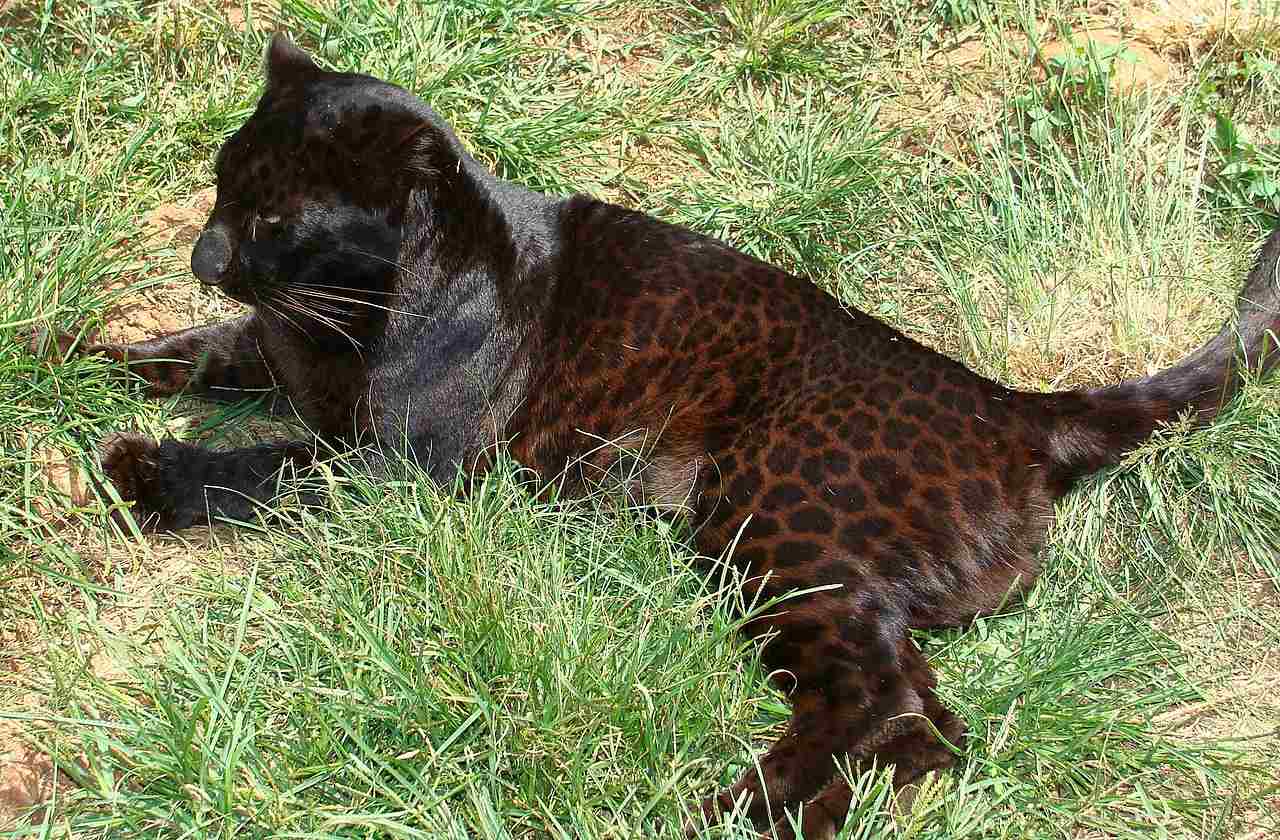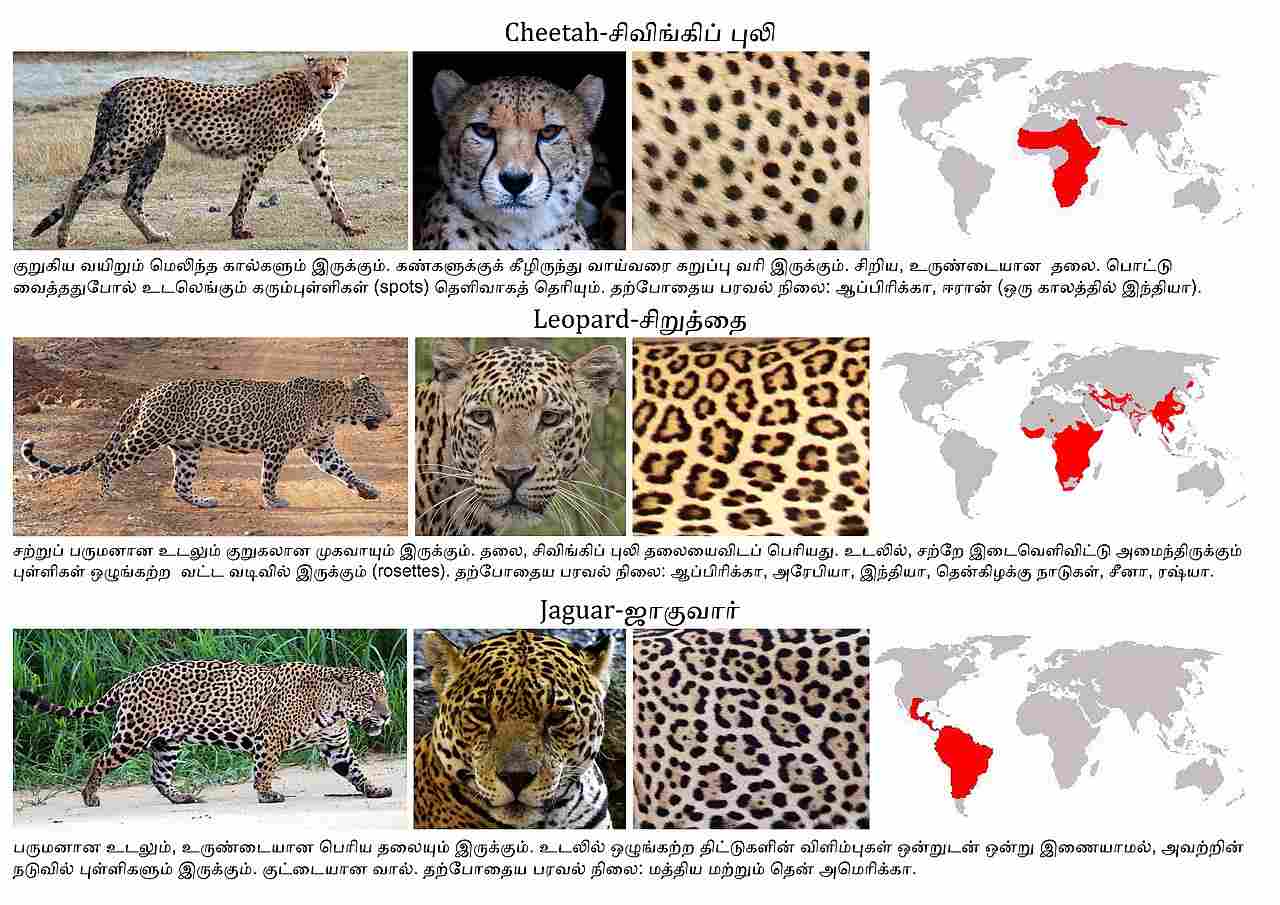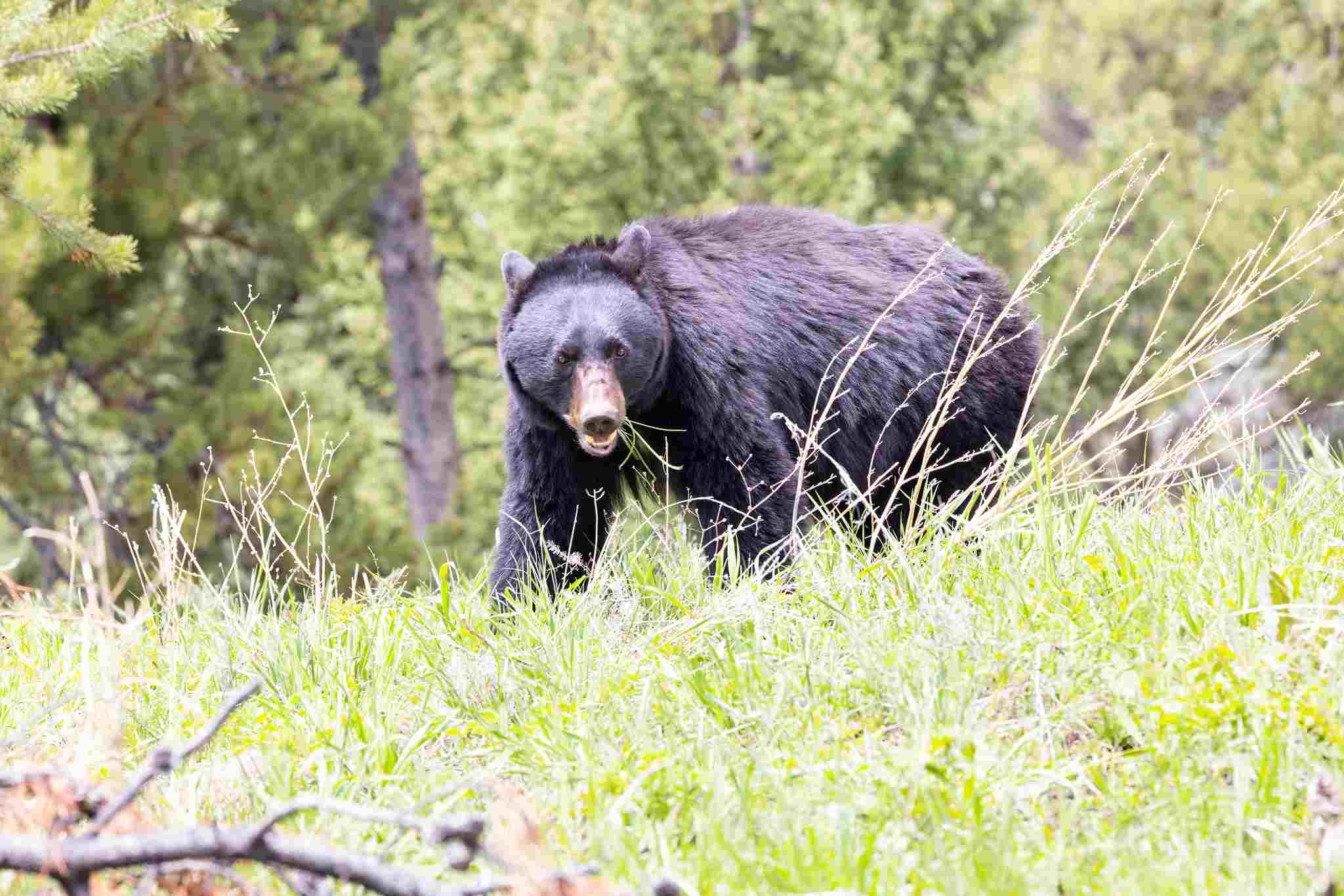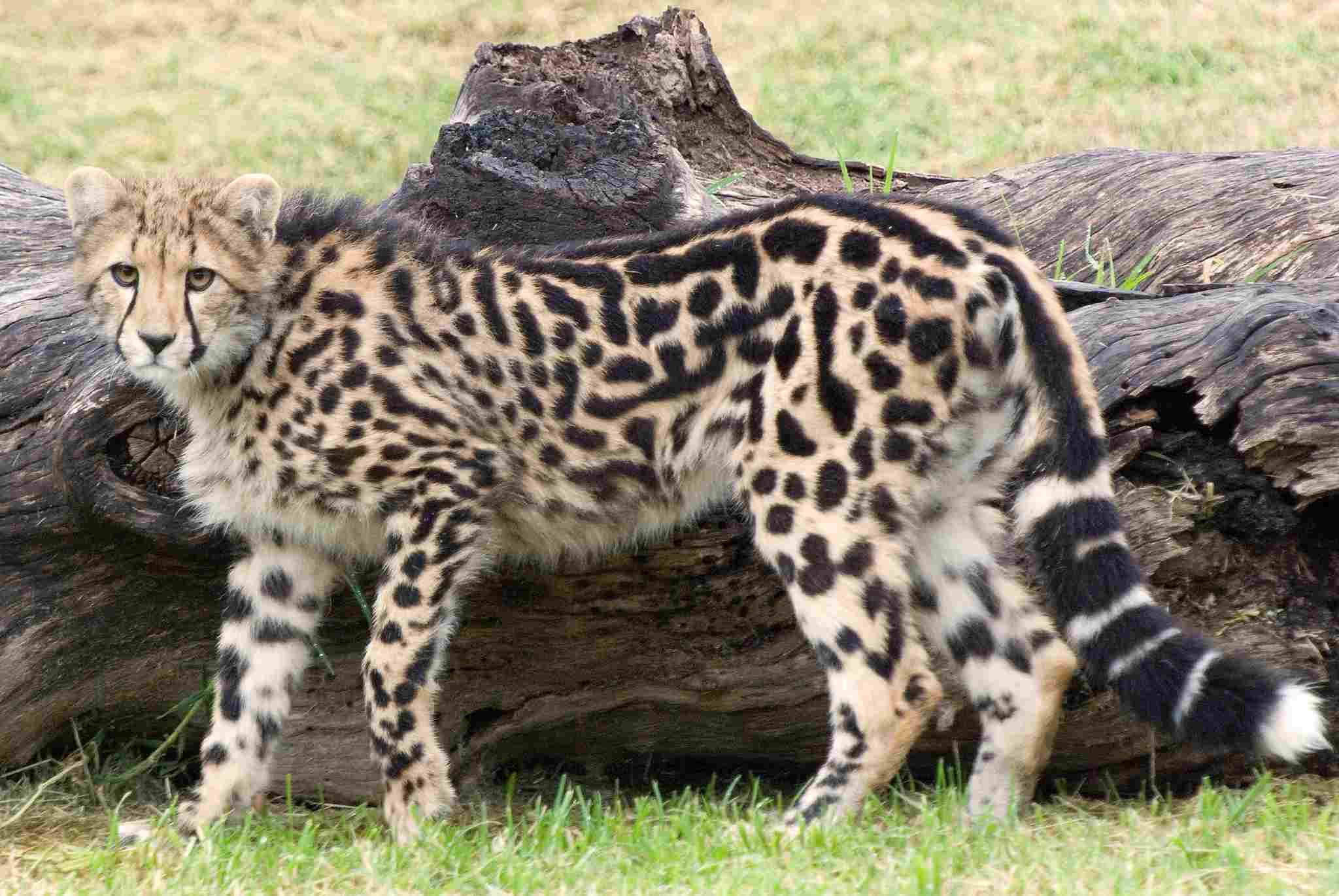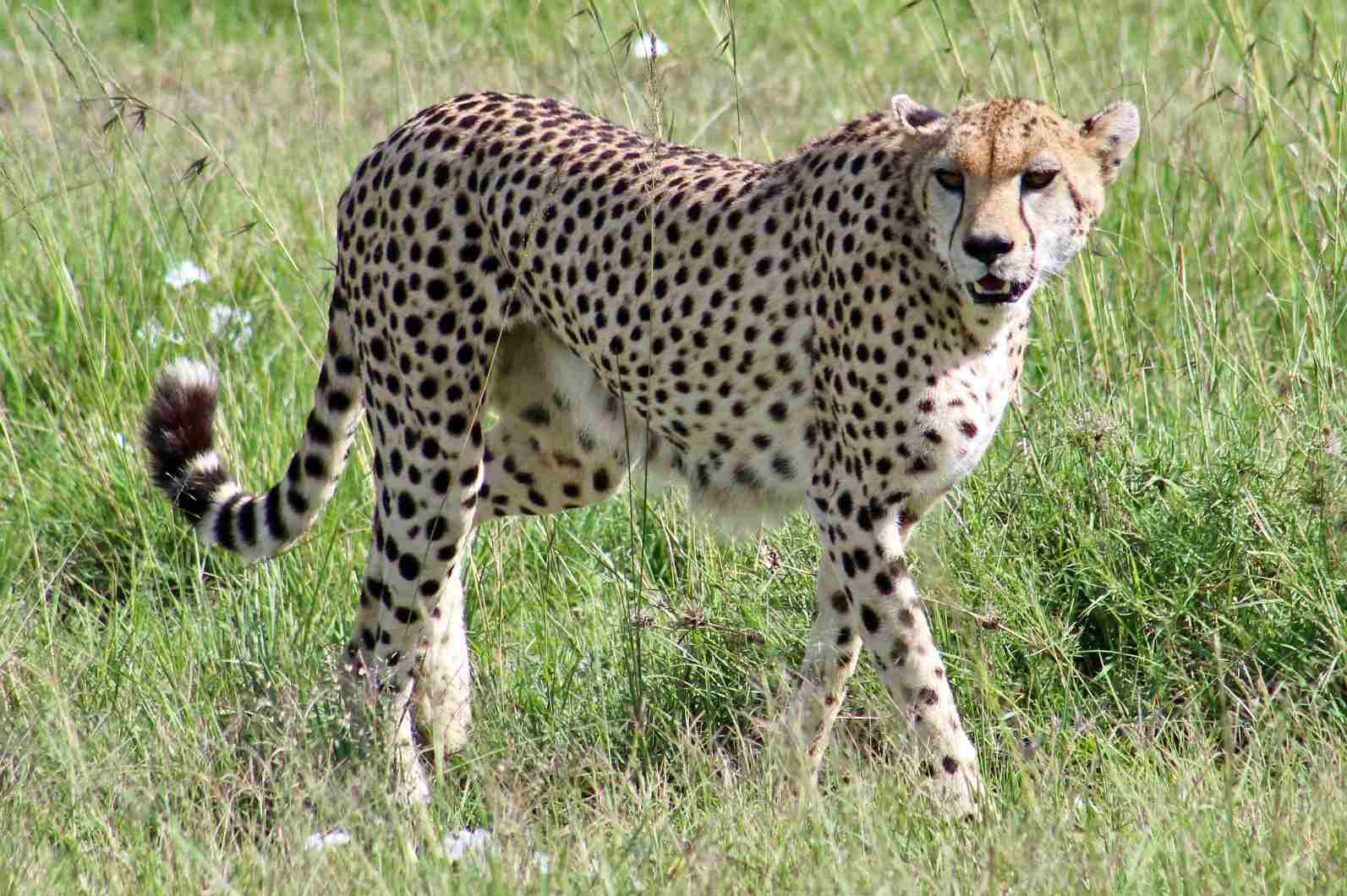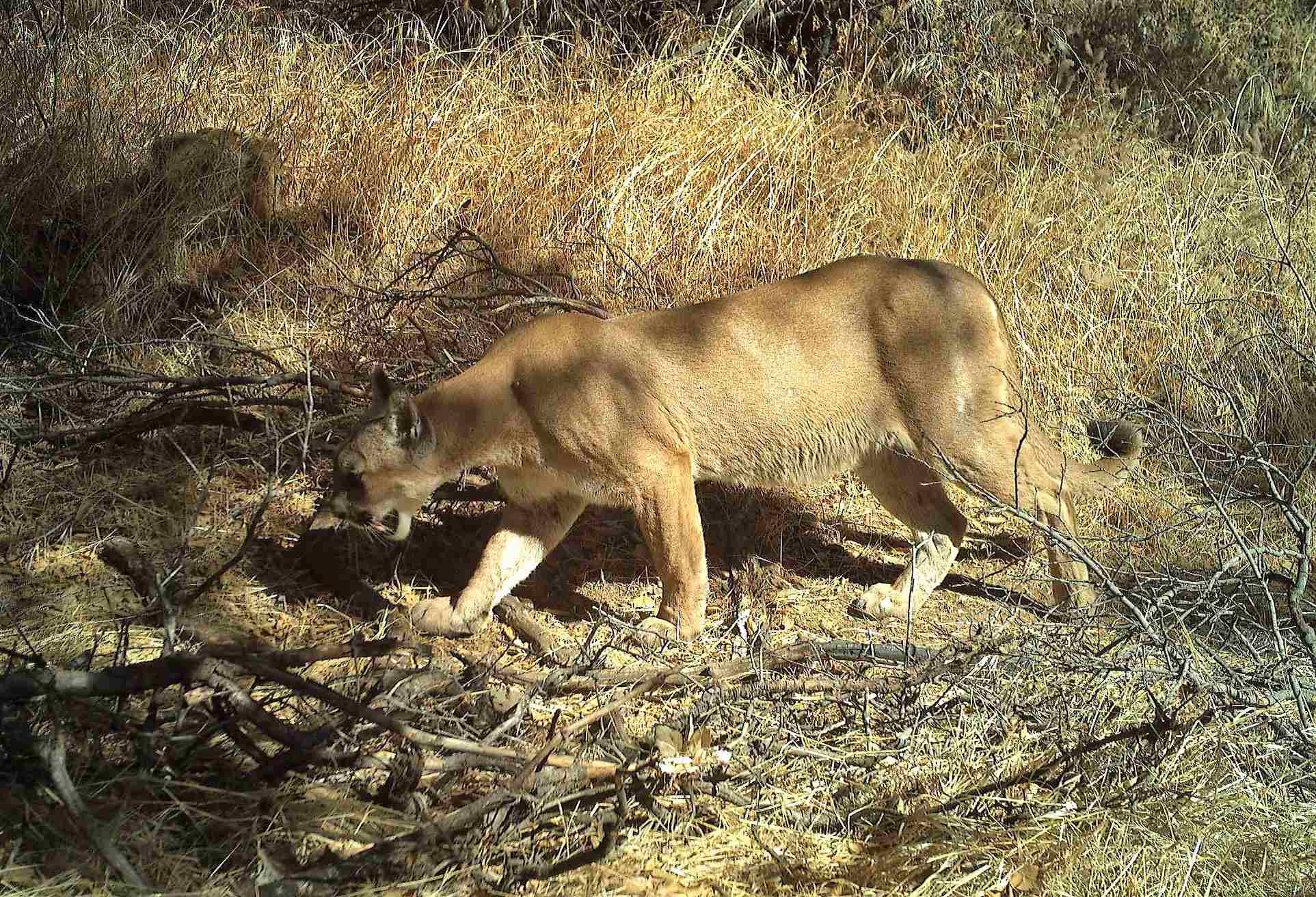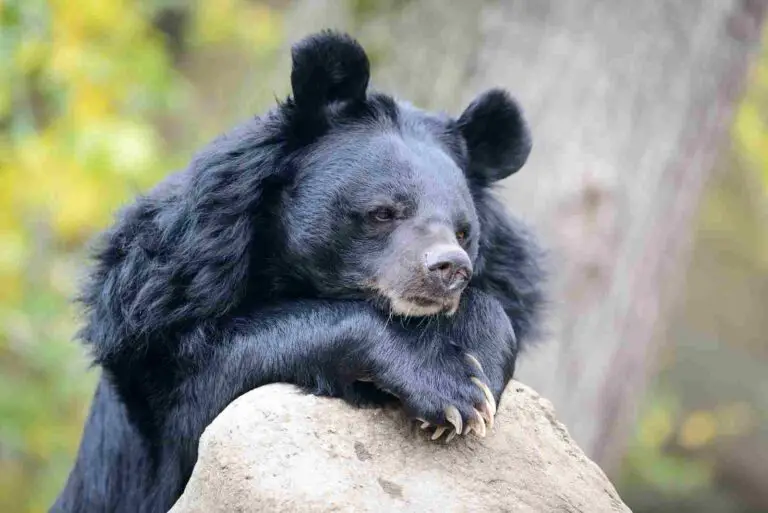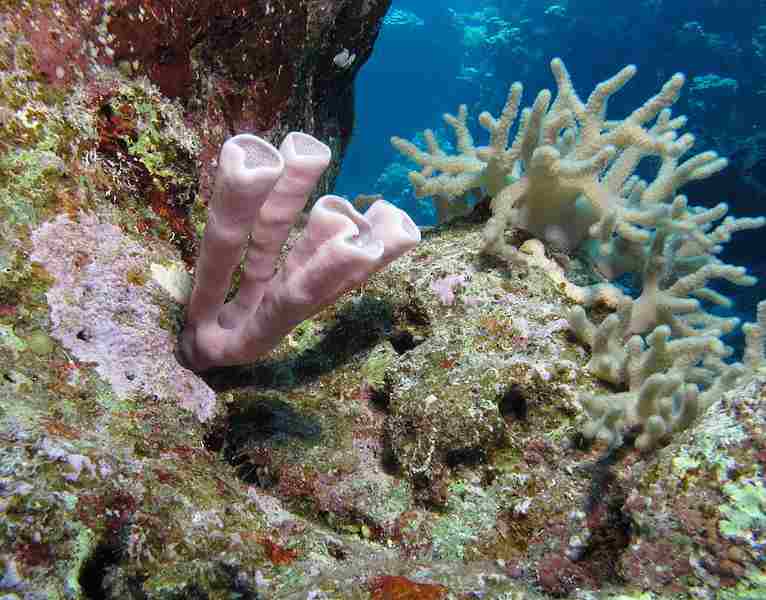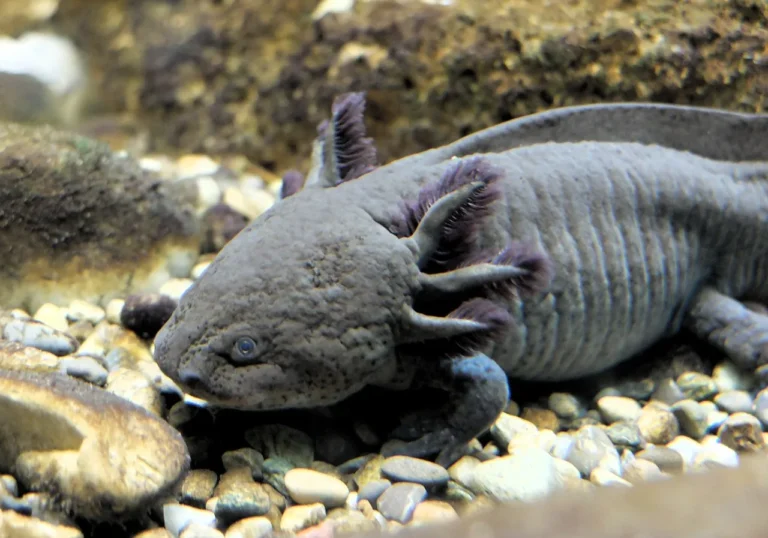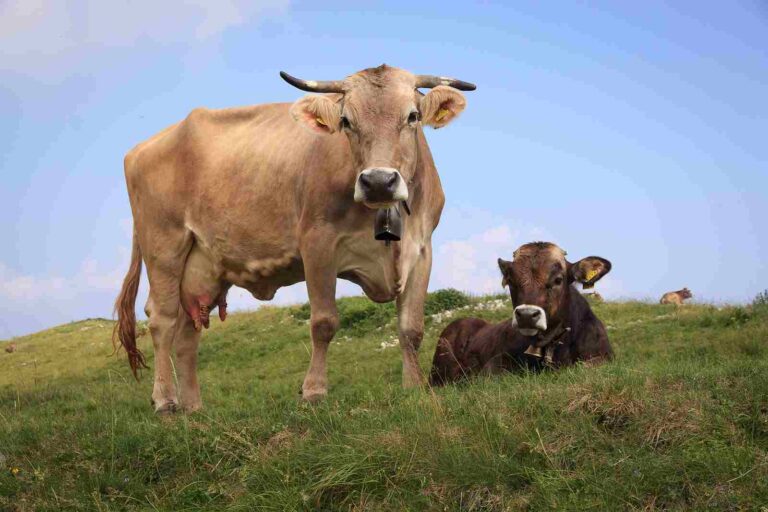Leopard Vs Cheetah Print: Comparing the Spots and Patterns On Leopard and Cheetah Coats
The main difference between leopard and cheetah prints is the shape of their spots. Leopard prints have rosettes, which are larger, irregular-shaped spots with a dark outline. Cheetah prints, on the other hand, have solid black spots that are evenly distributed.
This article compares leopard vs cheetah prints, using factors like spot shape, background color, and spacing between spots to highlight their unique characteristics.
Main Differences Between Leopard and Cheetah Prints or Patterns
Leopard and cheetah prints have distinct differences in their patterns. The main difference lies in the shape of their spots. Leopard prints feature rosettes, which are larger, irregular-shaped spots with a dark outline. On the other hand, cheetah prints consist of solid black spots that are evenly distributed.
- In terms of background color, leopard prints typically have a golden or tan background, while cheetah prints have a lighter, more beige background. This contrast in background color adds to the unique appearance of each print.
- Another difference is the spacing between the spots or rosettes. Leopard prints have a more clustered arrangement, with the spots closely packed together. In contrast, cheetah prints have a more scattered pattern, with the spots evenly spaced apart.
- These differences in spot shape, background color, and spacing contribute to the distinctiveness of leopard and cheetah prints.
Main Similarities Between Leopard and Cheetah Prints
While leopard and cheetah prints have distinct differences, they also share some similarities in their patterns. One similarity is the use of spots to create their unique designs. Both leopard and cheetah prints feature spots, although they differ in shape and arrangement.
- Another similarity is the use of a neutral background color. Both leopard and cheetah prints have a background color that complements the spots. This neutral background allows the spots to stand out and adds to the overall aesthetic appeal of the prints.
- Additionally, both leopard and cheetah prints are widely used in the fashion industry. These prints have become iconic and are often associated with luxury and sophistication. They can be found on various clothing items, accessories, and even home decor.
- In terms of ecological importance, both leopard and cheetah prints serve a similar purpose of camouflage. The spots on their coats help them blend into their natural habitats, making it easier for them to hunt or avoid predators.
*Details of Comparison: Leopard Vs Cheetah Print
1). Background Color
When comparing leopard and cheetah prints, one important aspect to consider is the background color. Both prints utilize a neutral background color that complements the spots or rosettes. This neutral background serves as a canvas for the spots to stand out and create a visually appealing pattern.
In leopard prints, the background color is typically a golden or tan shade. This warm hue provides a contrast to the dark spots, enhancing their visibility and adding depth to the overall design. The golden background color also gives leopard prints a luxurious and sophisticated look, making them a popular choice in fashion.
On the other hand, cheetah prints feature a lighter background color, often a creamy or beige tone. This lighter background allows the black spots to pop, creating a striking contrast. The choice of a lighter background color in cheetah prints gives them a more subtle and natural appearance, resembling the coat of a real cheetah.
Both leopard and cheetah prints have their own unique charm when it comes to the background color. Whether it’s the warm golden tones of leopard prints or the lighter and more natural hues of cheetah prints, these background colors play a crucial role in enhancing the beauty and allure of these iconic patterns.
2). Spots and Rosettes
When comparing leopard and cheetah prints, one of the key elements to consider is the arrangement of spots and rosettes. Both prints feature these distinctive markings, but they differ in their size, shape, and spacing.
Leopard prints typically have larger and more irregularly shaped spots compared to cheetah prints. The spots on leopard coats are often referred to as rosettes due to their circular shape with a dark outline and a lighter center. These rosettes are spaced further apart on the coat, creating a more scattered and random pattern. The irregularity in size and shape adds to the uniqueness and complexity of leopard prints.
In contrast, cheetah prints consist of smaller and evenly spaced spots. The spots on cheetah coats are solid black and are evenly distributed across the coat, creating a more uniform and symmetrical pattern. The smaller size and consistent spacing of the spots give cheetah prints a sleek and streamlined appearance.
The distinct differences in the arrangement of spots and rosettes between leopard and cheetah prints contribute to their individual characteristics and aesthetic appeal.
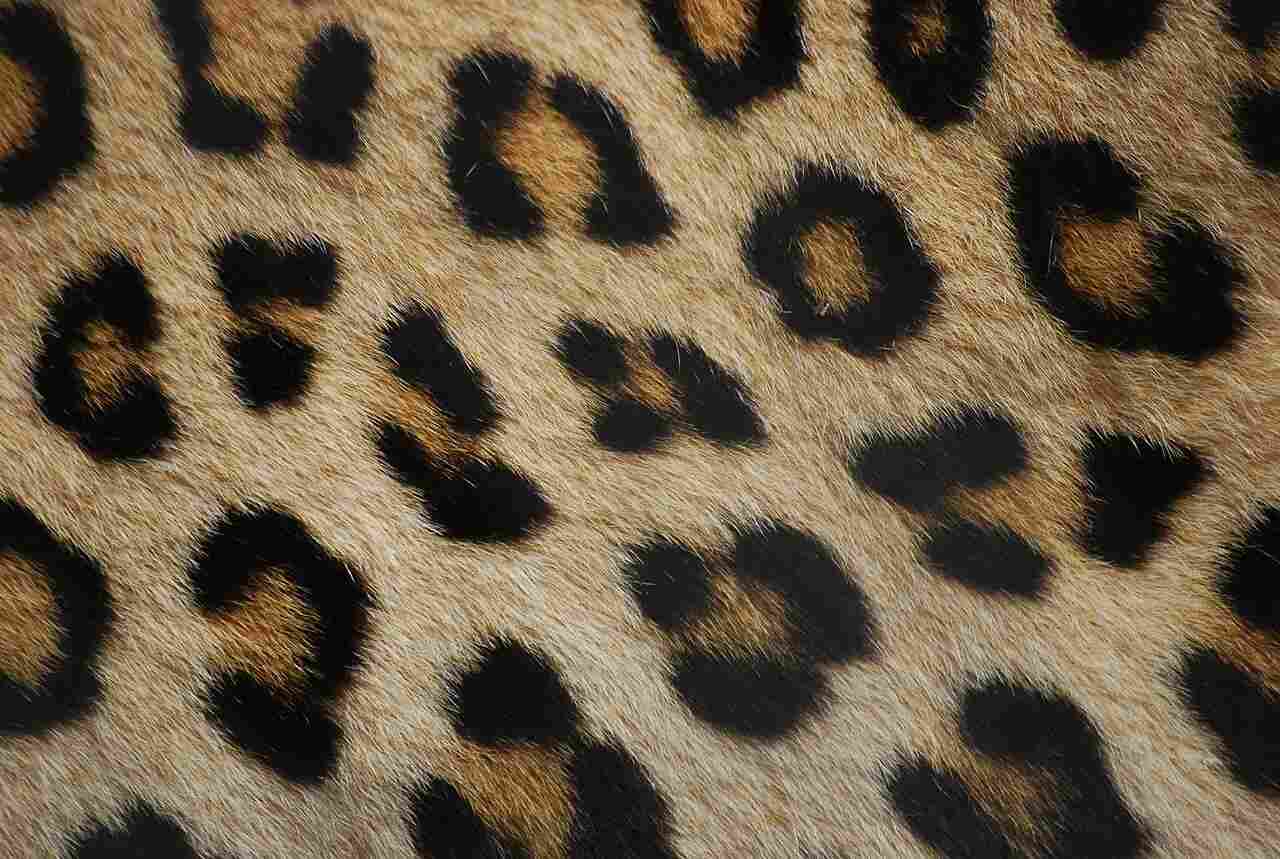
3). Spacing Between Spots and Rosettes
When comparing leopard and cheetah prints, another important aspect to consider is the spacing between the spots and rosettes. This factor contributes to the overall pattern and aesthetic of the coat.
Leopard prints have a more scattered and random pattern due to the larger spacing between the rosettes. The spots on leopard coats are spaced further apart, creating a sense of irregularity and uniqueness. This spacing allows for a more intricate and complex design, adding to the allure of leopard prints.
On the other hand, cheetah prints have a more uniform and symmetrical appearance due to the even spacing between the spots. The spots on cheetah coats are evenly distributed across the coat, creating a sleek and streamlined pattern. The consistent spacing between the spots contributes to the smooth and elegant look of cheetah prints.
The spacing between the spots and rosettes in leopard and cheetah prints plays a significant role in defining their individual characteristics. The larger and more scattered spacing of leopard prints adds a sense of complexity and uniqueness, while the even spacing of cheetah prints creates a sleek and symmetrical appearance.
Ecological Importance of Leopard Print
1). Camouflage
Leopard print serves an important ecological role in providing camouflage for these majestic big cats. The intricate pattern of spots and rosettes on their coats helps them blend seamlessly into their natural surroundings, making them nearly invisible to their prey and potential predators. The combination of dark and light colors in the leopard print creates a visual disruption that breaks up their silhouette, making it difficult for other animals to detect them.
In dense forests and grasslands, the dark spots on the leopard’s coat mimic the dappled sunlight filtering through the foliage, allowing them to remain hidden from both prey and predators. The rosettes, which are larger, irregularly shaped spots, further enhance their camouflage by resembling the patterns of light and shadow found in their habitats.
This effective camouflage enables leopards to stalk their prey undetected, giving them a strategic advantage in hunting. It also helps them avoid confrontations with larger predators, as they can easily blend into the background and escape unnoticed.
The camouflage provided by leopard print is crucial for their survival in the wild, allowing them to remain elusive and maintain their position as skilled and efficient hunters.
2). Thermoregulation
In colder climates, the dark spots on the leopard’s coat absorb heat from the sun, helping to keep them warm. The black spots act as solar panels, absorbing the sun’s rays and converting them into heat energy. This is particularly important during the cooler nights when temperatures drop, as the leopard can retain the heat absorbed during the day.
Conversely, in hotter climates, the lighter background color of the leopard’s coat reflects sunlight, reducing heat absorption and helping to keep them cool. The combination of dark spots on a lighter background creates a pattern that aids in heat dissipation, preventing the leopard from overheating in the scorching sun.
The thermoregulatory properties of leopard print allow these big cats to adapt to a wide range of temperatures, from the chilly mountains to the sweltering savannahs. By effectively managing their body temperature, leopards can thrive in diverse habitats and maintain their optimal physiological state.
Ecological Importance of Cheetah Print
1). Camouflage
The unique pattern of spots on cheetahs’ coats helps them blend seamlessly into their surroundings, making them less visible to potential predators and prey alike. The spots on a cheetah’s coat are smaller and more densely packed compared to the rosettes found on a leopard’s coat, creating a more solid and uniform appearance.
In open grasslands and savannahs, where cheetahs primarily reside, the golden hue of their coat with black spots allows them to blend in with the tall grasses and dappled sunlight. This effective camouflage enables them to stalk their prey, such as gazelles and impalas, without being easily detected. The combination of their slender build and the disruptive pattern of their spots further enhances their ability to remain hidden until the opportune moment to strike.
Furthermore, the camouflage provided by cheetah print also helps them avoid potential conflicts with larger predators, such as lions and hyenas. By blending into their surroundings, cheetahs can minimize the risk of being detected and targeted by these formidable competitors.
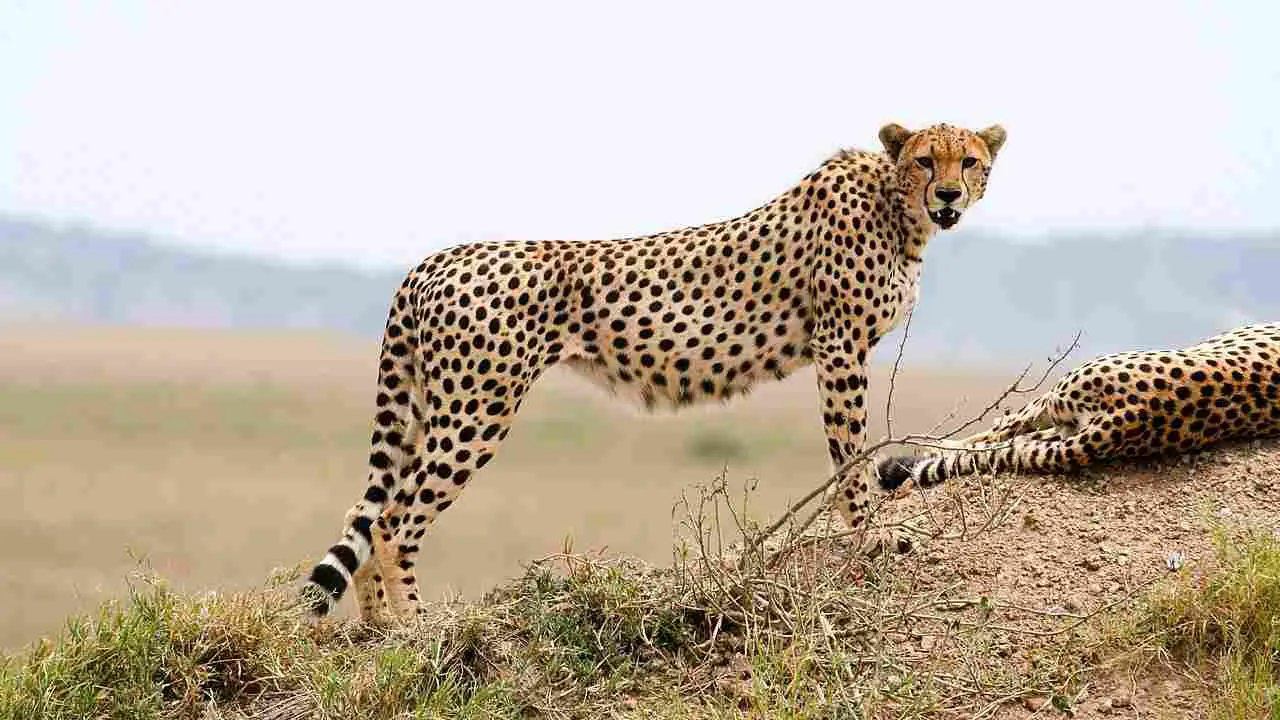
2). Thermoregulation
Thermoregulation is another important ecological role of cheetah print. The unique pattern of spots on a cheetah’s coat helps regulate their body temperature in their hot and arid habitats. The black spots on their golden coat absorb and retain heat from the sun, while the lighter areas between the spots reflect sunlight, creating a cooling effect. This adaptation allows cheetahs to maintain a stable body temperature, even in extreme heat.
The thermoregulatory function of cheetah print is particularly crucial during hunting. Cheetahs are known for their incredible speed, capable of reaching speeds up to 60 miles per hour in just a few seconds. This rapid acceleration generates a significant amount of heat in their bodies. The pattern of spots on their coat helps dissipate this excess heat, preventing overheating and allowing them to sustain their high-speed pursuits for longer periods.
Furthermore, the thermoregulatory properties of cheetah print also aid in their survival during the cooler nights in their habitat. The spots on their coat act as insulation, trapping heat close to their bodies and providing warmth during colder temperatures.
Use of Leopard Print in Fashion
Leopard print has become an iconic and timeless pattern in the fashion industry. Its bold and distinctive spots add a touch of glamour and sophistication to any outfit. The versatility of leopard print allows it to be incorporated into various fashion pieces, from clothing to accessories.
One of the reasons why leopard print is important to the fashion industry is its ability to make a statement. The boldness and exotic nature of the print instantly catch the eye and create a sense of confidence and individuality. Whether it’s a leopard print coat, dress, or handbag, wearing this pattern is a sure way to stand out from the crowd.
Leopard print is particularly suitable for situations where you want to make a bold and fierce impression. It adds a touch of wildness and adventure to any ensemble, making it perfect for evening events or parties. The print’s warm and earthy tones also make it a great choice for fall and winter fashion, adding a cozy and luxurious feel to outfits.
When comparing leopard and cheetah prints, there are some noticeable differences. Leopard spots are larger and have a more irregular shape, while cheetah spots are smaller and more evenly distributed. Leopard print also tends to have a warmer color palette, with shades of brown and black, while cheetah print is characterized by its golden hue.
Use of Cheetah Print in Fashion
Cheetah print, like leopard print, holds a significant place in the fashion industry. It is a popular choice for those seeking a bold and fierce look. The distinctive spots of cheetah print add a touch of wildness and adventure to any outfit, making it a statement pattern in the fashion world.
Cheetah print is particularly suitable for situations where you want to exude confidence and individuality. Its smaller and evenly distributed spots create a more refined and elegant appearance compared to the larger and irregular spots of leopard print. Whether it’s a cheetah print dress, skirt, or shoes, incorporating this pattern into your ensemble is a sure way to make a stylish impact.
When comparing leopard and cheetah prints, it’s important to note their differences. While leopard spots have a warmer color palette with shades of brown and black, cheetah print is characterized by its golden hue. Additionally, the size and distribution of the spots differ, with leopard spots being larger and more irregular, while cheetah spots are smaller and evenly spaced.
Leopard Print Vs Jaguar Print
When comparing leopard print and jaguar print, there are both similarities and differences to consider. In terms of similarities, both prints feature a background color that is typically a combination of brown and black tones. This color palette gives both prints a sense of depth and richness, adding to their overall appeal. Additionally, both leopard and jaguar prints consist of spots and rosettes, which are the distinctive patterns that make these prints instantly recognizable.
However, there are also notable differences between leopard print and jaguar print. One key difference lies in the size and shape of the spots. Leopard spots tend to be larger and more irregular in shape, while jaguar spots are typically smaller and more uniform. This distinction in spot size and shape gives each print its own unique aesthetic.
Another difference between leopard print and jaguar print is the spacing between the spots and rosettes. Leopard print often features spots that are more densely packed together, creating a busier and more chaotic pattern. On the other hand, jaguar print tends to have more space between the spots, resulting in a more balanced and refined look.
*Differences Between Leopard Print and Jaguar Print
Leopard print and jaguar print may share some similarities, but there are distinct differences between the two. One of the key differences lies in the background color. Leopard print typically features a combination of brown and black tones, creating a warm and earthy palette. On the other hand, jaguar print tends to have a darker and more uniform background color, often leaning towards black.
Another difference can be found in the temperature of the prints. Leopard print is known for its warmer tones, while jaguar print tends to have cooler undertones. This variation in temperature gives each print a unique visual appeal and can influence how they are perceived in different contexts.
In terms of patterns, leopard print consists of larger and more irregular spots, giving it a wild and untamed look. On the other hand, jaguar print features smaller and more uniform spots, creating a sleek and refined pattern. This distinction in spot size and shape contributes to the overall aesthetic of each print.
*Similarities Between Leopard Print and Jaguar Print
Leopard print and jaguar print may have distinct differences, but they also share some similarities in their appearance and uses. Both prints feature a combination of spots and rosettes, creating a visually striking pattern. These spots and rosettes are similar in shape, with irregular edges that add to the wild and untamed aesthetic of both prints.
In terms of ecological importance, both leopard print and jaguar print serve similar purposes. They provide camouflage for these big cats in their natural habitats, allowing them to blend into their surroundings and remain hidden from potential predators or prey. Additionally, the spots and rosettes on their coats play a role in thermoregulation, helping to regulate body temperature by absorbing or reflecting sunlight.
Not only are leopard print and jaguar print similar in their ecological significance, but they are also popular choices in the fashion industry. Both prints are highly sought after for their bold and exotic appeal. They add a touch of fierceness and sophistication to any outfit, whether it’s a statement coat, a pair of shoes, or an accessory. Fashion designers often incorporate these prints into their collections, showcasing the timeless allure of animal-inspired patterns.
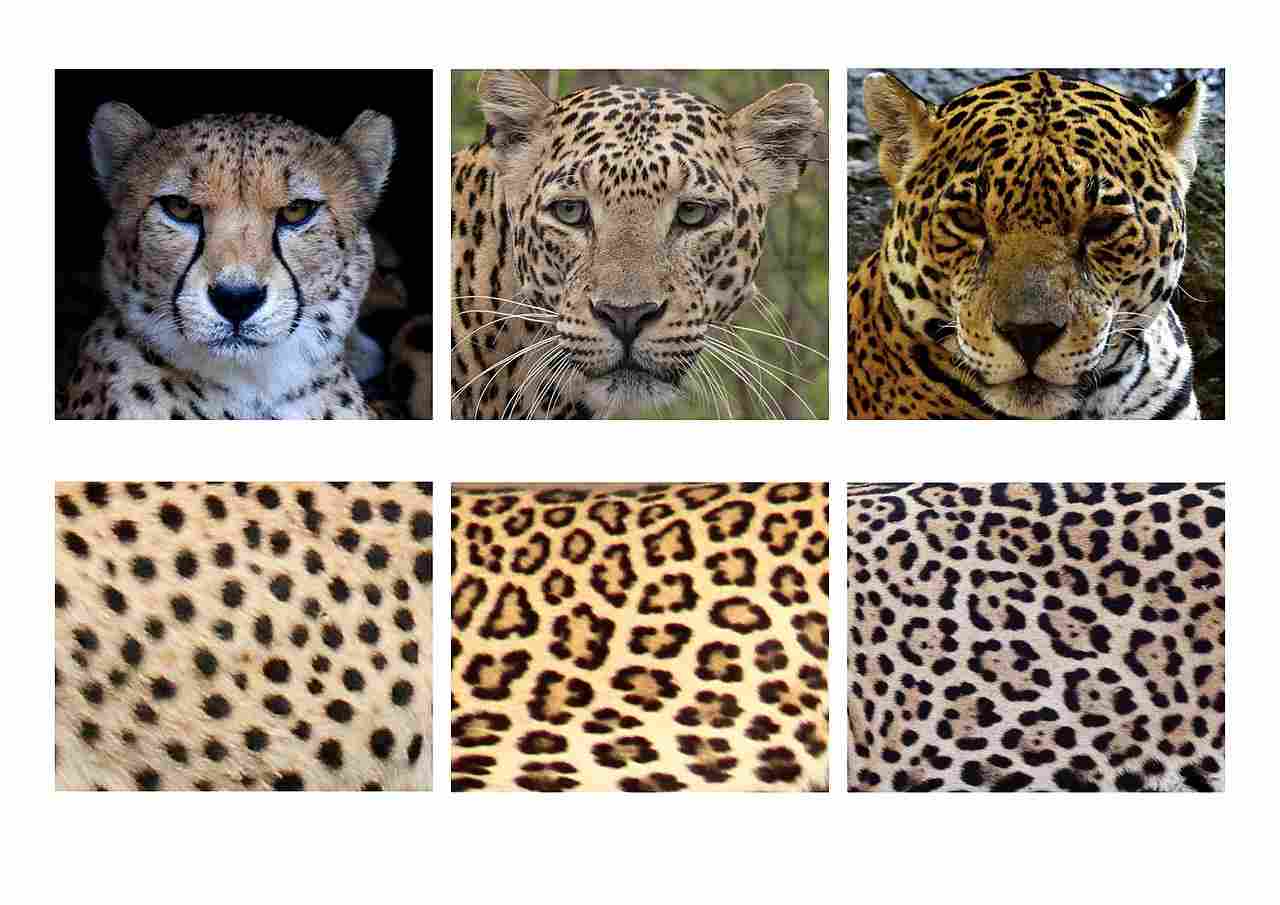
Conclusion
When comparing leopard and cheetah prints, it is evident that they have distinct differences in their spots and patterns. Leopard prints typically feature rosettes with irregular edges, while cheetah prints consist of solid black spots. The spacing between the spots and rosettes is also different, with leopard prints having a more clustered arrangement compared to the evenly spaced spots on cheetah prints.
On the other hand, when comparing leopard and jaguar prints, there are more similarities in their appearance and uses. Both prints feature a combination of spots and rosettes, creating a visually striking pattern. These spots and rosettes are similar in shape, with irregular edges that add to the wild and untamed aesthetic of both prints.
In terms of ecological importance, both leopard and jaguar prints serve similar purposes. They provide camouflage for these big cats in their natural habitats, allowing them to blend into their surroundings and remain hidden from potential predators or prey. Additionally, the spots and rosettes on their coats play a role in thermoregulation, helping to regulate body temperature by absorbing or reflecting sunlight.
Furthermore, both leopard and jaguar prints are popular choices in the fashion industry. They add a touch of fierceness and sophistication to any outfit, whether it’s a statement coat, a pair of shoes, or an accessory. Fashion designers often incorporate these prints into their collections, showcasing the timeless allure of animal-inspired patterns.
